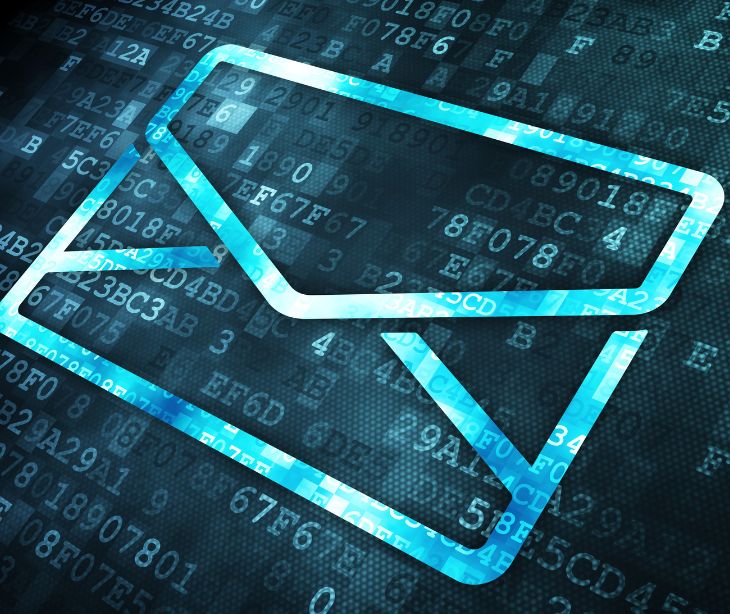
POP3 and IMAP are two ways to access email stored on a server, but they work very differently. The choice between POP3 and IMAP often comes down to whether the priority is simplicity and minimal server use (POP3) or access and management across devices (IMAP).
What are POP3 and IMAP?
POP3, Post Office Protocol version 3, and IMAP, Internet Message Access Protocol, are protocols used for retrieving emails from a server. An article from login Usenix Magazine provides, “Email messages can be passed through many systems between the sender and recipient... But only one of those systems, the last, involves delivery into the user’s real mailbox. That’s the final delivery.”
POP3 is designed to download emails from the server to a local device, often deleting them from the server afterward, making it suitable for single-device email management. IMAP, on the other hand, allows for emails to be managed and synchronized across multiple devices. It keeps the emails on the server, allowing different devices to access and manage the same mailbox, reflecting changes universally.
When is it used?
POP3 and IMAP are two email protocols. POP3 is for users who want to store emails on their devices and is best for offline access and ample storage space.
IMAP is best for accessing emails on multiple devices. Emails are stored on the server, providing real-time synchronization. It is ideal for those who are often on the move or need to collaborate using shared email folders.
In summary, POP3 is best for individuals who prefer downloading and storing their emails on their devices. At the same time, IMAP is perfect for those who want to access and manage their emails from multiple devices and locations.
See also: Email cyber threats 101: Types and tactics
How does it work?
POP3
- When you open your email client, it connects to the email server using POP3.
- You must provide your username and password, which the email client uses to log in to the server.
- Once logged in, the email client requests the emails from the server. POP3 then downloads all new emails to your local device. This process can include downloading the entire email content, including attachments.
- The emails are stored locally on your device, such as your computer or phone. This means you can access and read these emails even when you're not connected to the internet.
- By default, POP3 typically deletes the emails from the server once they are downloaded. However, most email clients offer an option to leave a copy of the emails on the server. This is useful if you plan to access your email from a different device. Still, it doesn't synchronize the read/unread status or any other changes.
- The email client disconnects after the emails are downloaded (and possibly deleted from the server).
See also: HIPAA Compliant Email: The Definitive Guide
IMAP
- When you open your email client, it connects to the email server using IMAP.
- You need to provide your username and password, which the email client uses to log in to the server.
- Unlike POP3, IMAP synchronizes the email messages between the client and the server. This means that when you read, delete, move, or mark an email in your email client, the action is reflected on the server and any other device connected to your email account via IMAP.
- IMAP downloads the headers of the emails first, which are the subject lines and sender information. The rest of the email content, including attachments, is downloaded only when you click on the email. This approach makes checking emails quicker, especially with a slower internet connection.
- The IMAP protocol maintains a continuous connection with the server, periodically checking for new mail and updating the status of emails (like new, read, deleted, etc.).
- Emails are stored on the server, not on your local device. This means you can access your full email account from any device connected to the internet, making IMAP ideal for users who check their email from multiple devices, like a smartphone, laptop, and tablet.
- With IMAP, you can create folders in your email client to organize emails. These folders are also synchronized with the server, so any organizational structure you create is reflected across all your devices.
See also: Email Protocol: IMAP vs. POP3
FAQs
What is HIPAA?
The Health Insurance Portability and Accountability Act is a law designed to protect the privacy and security of people’s health information.
What is PHI?
Protected health information includes health related information that can identify a person.
What are email protocols?
Email protocols are rules that control how emails are sent, received, and stored. Common ones include:
- SMTP
- POP3
- IMAP
Subscribe to Paubox Weekly
Every Friday we'll bring you the most important news from Paubox. Our aim is to make you smarter, faster.



![Andrew Vilius, PMHNP: Paubox makes life easier by eliminating email portals [VIDEO]](https://www.paubox.com/hubfs/Imported_Blog_Media/AV-Thumbnail-3.png)
